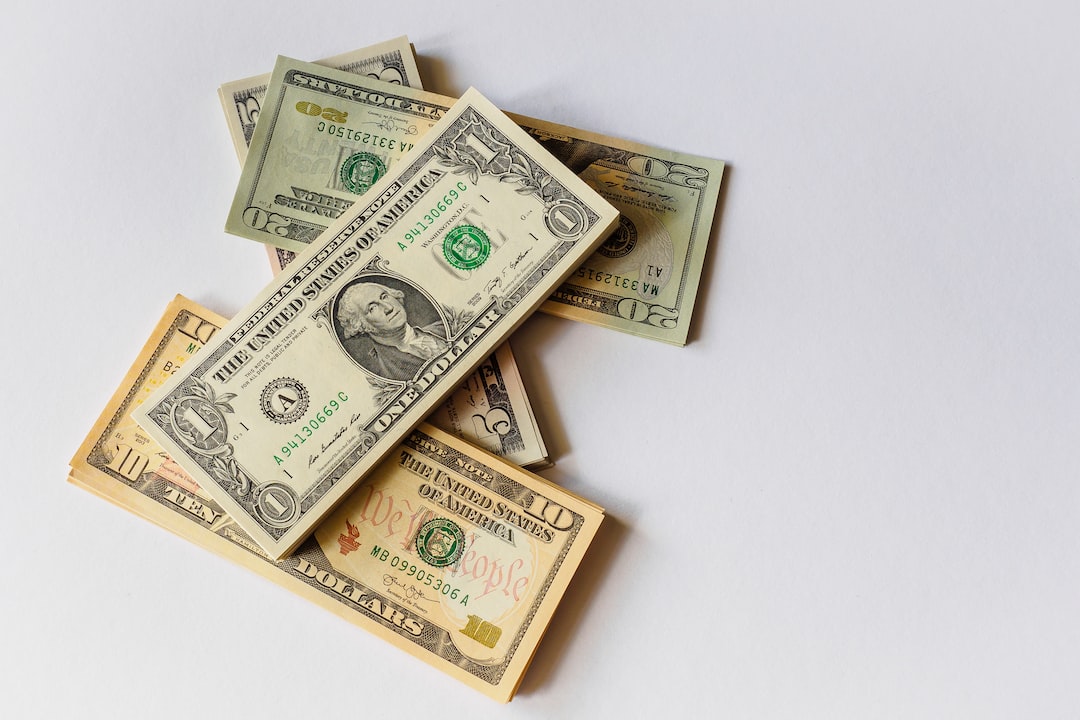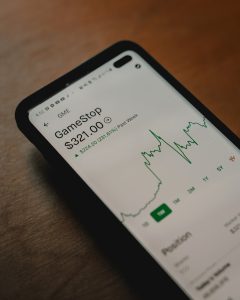Forex traders rely heavily on charts to help them make trading decisions. Charts are a visual representation of past price movements of a particular currency pair. They are an essential tool in technical analysis, which is the study of past price movements to identify patterns and trends that could suggest future price movements. In this article, we will explain how to create charts for forex.
Step 1: Choose a Charting Platform
There are many charting platforms available for forex traders. Some of the most popular ones include MetaTrader 4 (MT4), TradingView, and NinjaTrader. Each platform has its own advantages and disadvantages. MT4 is the most widely used charting platform among forex traders. It is user-friendly, customizable, and offers a wide range of technical indicators. TradingView is a web-based platform that offers a social trading community, a wide range of markets, and advanced charting tools. NinjaTrader is a desktop-based platform that offers advanced charting tools, backtesting, and automated trading.
Step 2: Choose a Currency Pair
Once you have chosen a charting platform, you need to choose a currency pair to chart. The most commonly traded currency pairs are the EUR/USD, USD/JPY, GBP/USD, and USD/CHF. These pairs are highly liquid and have tight bid-ask spreads, making them ideal for trading. However, you can chart any currency pair that is offered by your broker.
Step 3: Choose a Timeframe
After choosing a currency pair, you need to choose a timeframe. A timeframe is the length of time that each candle or bar on the chart represents. The most commonly used timeframes are 1-minute, 5-minute, 15-minute, 1-hour, 4-hour, daily, weekly, and monthly. Shorter timeframes are used for scalping and day trading, while longer timeframes are used for swing trading and position trading.
Step 4: Choose a Chart Type
There are several types of charts available, but the most commonly used ones in forex trading are line charts, bar charts, and candlestick charts. Line charts are the simplest type of chart and only show the closing prices of each period. Bar charts show the opening, high, low, and closing prices of each period. Candlestick charts show the same information as bar charts but in a more visually appealing manner.
Step 5: Add Technical Indicators
Technical indicators are mathematical calculations that are applied to the chart to help traders identify trading opportunities. There are hundreds of technical indicators available, but the most commonly used ones in forex trading are moving averages, relative strength index (RSI), stochastic oscillator, and Bollinger Bands. Each indicator has its own settings, and traders can customize them to suit their trading style.
Step 6: Analyze the Chart
Once you have created the chart and added technical indicators, it is time to analyze the chart. Technical analysis involves studying past price movements to identify patterns and trends that could suggest future price movements. Traders look for support and resistance levels, trend lines, chart patterns, and candlestick formations to identify trading opportunities.
Step 7: Place a Trade
After analyzing the chart, traders can place a trade based on their analysis. Traders can use a variety of order types, including market orders, limit orders, stop orders, and trailing stop orders. Market orders are executed at the current market price, while limit orders are executed at a specified price or better. Stop orders are used to limit losses, while trailing stop orders are used to lock in profits.
Conclusion
Charts are an essential tool in forex trading. They help traders identify trading opportunities and make informed trading decisions. Creating charts for forex is a straightforward process that involves choosing a charting platform, currency pair, timeframe, chart type, and technical indicators. Traders then analyze the chart to identify trading opportunities and place a trade based on their analysis. With practice and experience, traders can become proficient in using charts to trade forex.





